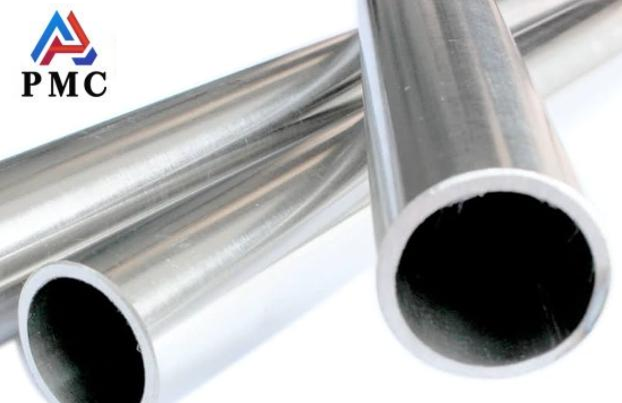
304 Stainless Steel Pipes Wall Thickness Specifications
304 stainless steel pipe is one of the pipe materials widely used in the fields of construction, machinery, chemical industry, electric power, etc. At present, the stainless steel pipes on the market can be roughly divided into 304, 201, 316 stainless steel and other types.The wall thickness requirements for 304 stainless steel pipe are getting higher and higher, because different thicknesses of pipe walls can adapt to different working environments. This article introduces a detailed explanation of the wall thickness standard of 304 stainless steel pipe to help readers choose more wisely and use it more assuredly.
Definition and scope of 304 stainless steel pipe wall thickness standard
The wall thickness standard of 304 stainless steel pipe refers to the standard requirement of pipe wall thickness, which is generally measured in metric units. The scope mainly includes ordinary pipes, high-pressure pipes, transmission pipes, etc.
The general requirements for the wall thickness of 304 stainless steel pipes are as follows:
1. Ordinary pipes: 0.3mm-4mm
2. High-pressure pipes: 1.5mm-30mm
3. Transmission pipes: 1.5mm-20mm
Selection basis of 304 stainless steel pipe wall thickness standard
1. Environmental requirements.
Choose 304 stainless steel pipes with different wall thicknesses according to the different use environments to adapt to different working environments. For example, marine environments and acidic environments require thicker wall thicknesses.
2. Pipe length.
The wall thickness is determined by the different pipe lengths at the same working temperature and pressure.
3. Pressure resistance level.
The wall thickness is determined according to the pressure resistance level of the pipe and the axial force.

304 stainless steel pipe wall thickness standard detection method
1. Ultrasonic testing.
Using ultrasonic technology to detect wall thickness is a common non-destructive testing method that can detect bad or void areas.
2. Radiographic testing.
Radiographic testing can detect hidden defects and flaws inside the pipeline.
3. Microscope observation.
Using a microscope to observe the lens can detect insufficient wall thickness or defects.
Quality assurance of 304 stainless steel pipe wall thickness standards
In order to ensure the quality of the wall thickness of 304 stainless steel pipes, it is necessary to ensure it from the following aspects:
1. Select high-quality materials.
The use of high-quality materials will have an important impact on the quality of the wall thickness of 304 stainless steel pipes.
2. Processing technology.
Strictly following the processing technology for production and processing can avoid deformation or damage to the wall thickness of 304 stainless steel pipes.
3. Quality inspection.
Strict quality inspection is carried out on the produced 304 stainless steel pipes to ensure the accuracy of pipe size and wall thickness.
What impact does the wall thickness of 304 stainless steel pipe have on its use and price?
First of all, you should know that the wall thickness of 304 stainless steel pipe will directly affect its service life and bearing capacity. For example, a pipe with too thin wall thickness may deform when subjected to high pressure, while a pipe with moderate wall thickness can withstand pressure more stably.
Secondly, the wall thickness will also affect the corrosion resistance of 304 stainless steel pipes. The thicker the wall, the better the corrosion resistance may be, and the beauty and function of the pipe can be maintained for a longer period of time.
Generally speaking, the thicker the wall of 304 stainless steel pipe, the higher the price may be, because the production cost will also increase. However, price is not the only consideration, and a reasonable choice should be made in combination with actual needs.
Therefore, when purchasing 304 stainless steel pipes, it is necessary to comprehensively consider factors such as price, quality, and usage requirements, and not just focus on wall thickness.
In general, it is important to choose the appropriate wall thickness of 304 stainless steel pipes, and make wise decisions based on actual needs to ensure the effectiveness and safety of use.
Read more: 304 Stainless Steel Pipe Specifications


